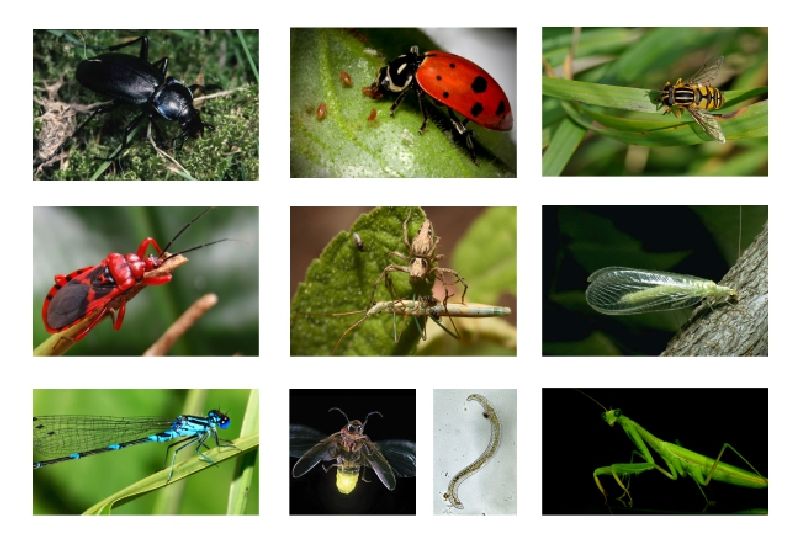You’re not the only one working hard on your garden. Thousands of other insects are quietly working with you. While most bugs look unappealing to gardeners many of them actually help. Being able to distinguish between the pests and the garden helpers is a big advantage.
Some insects are the natural enemies of pests – these are your garden defenders. Luring these “good bugs” into your garden is the most basic principle of organic gardening. Keeping these helpful insects in your garden diversifies the number of species living in that ecological system and increasing the ecological diversity of a system also increases its productivity and efficiency.
Here is a list of 10 of the most common beneficial insects and some tips on how to lure them into your garden:
1. Ladybugs – the familiar tiny Volkswagen bugs. They are usually spotted orange, red, yellow or gray but they also come with stripes or black splotches. The ladybug is just one of more than 400 species of beetles in North America.

The help: When your flowers or tender vegetables are infested with aphids, you can count on them for rescue. Adult ladybugs eat up to 100 aphids a day while the larvae can eat this amount in just an hour. They feast on garden mites and other smaller insects. They eat the eggs of garden pests such as boll worms, leaf hoppers, mealybugs, thrips and scale.
The lure: Planting angelica, cilantro, cosmos, coreopsis, dandelions, dill, dwarf morning glory, fennel, geraniums, Queen Anne’s lace, tansy, wild carrots and yarrow will attract them. Keep the garden moist as well. You can also buy or make a ladybug feeder to attract them.
2. Dragonflies (or Damselflies) – another familiar insect, dragonflies are distinctive because of their long, narrow body. Their eyes are compounded and very big. They have four transparent wings. They come in different beautiful colors such as red, blue, yellow, green and violet.
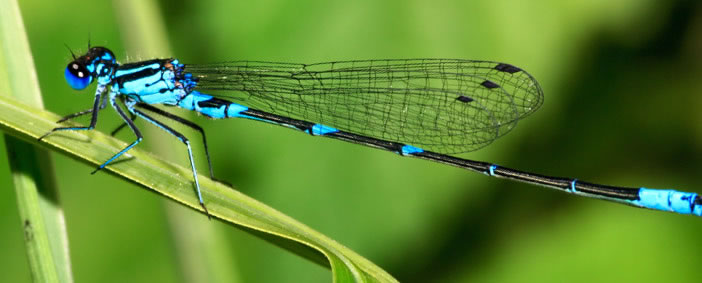
The help: Like ladybugs, they feed on aphids and other pests. They also devour mosquitoes.
The lure: They are attracted to bodies of water like ponds. If you don’t have these in you garden, a plastic wading pool will do.
3. Lacewings (Green or Brown) – look similar to dragonflies because they also have slender bodies. Their large wings are veined. They can be brown or pale green.
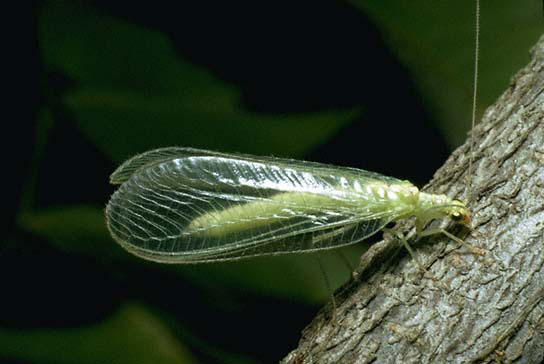
The help: Adult lacewings mainly feed on flower nectar but the larvae, which look like baby alligators and are also called “aphid lions”, have very large appetites on aphids. They also eat a lot of other garden pests and their eggs such as mealybugs, leafhopper nymphs, whiteflies, mites, scales, trips, moth eggs and small caterpillars.
The lure: Plant some angelica, cosmos, fennel, fernleaf yarrow, Queen Anne’s lace and tansy to attract them.
4. Spiders – not really insects but they are voracious predators of many garden pests. Spiders are arachnids. They have eight legs, small heads and a two-part body with a larger abdomen. Many people are afraid of spiders but most of them are actually quite harmless and shy. Spiders range from microscopic to gigantic Tarantulas with 10-inch legs. The ones inside your home of different species to the garden spiders.

The help: They can consume more than all other garden helpers combined!
The lure: Spiders are everywhere and the only place where spiders can’t be found is Antarctica. They love moisture so, to attract spiders, spread mulch in your garden. This is the most effective way. Spiders also love hiding places so you can leave some areas in your garden uncultivated. You can also let stalks and leaves stand on your garden floor during the winter or leave a garden pot somewhere to serve as their mini-habitat.
5. Ground Beetles – large, long-legged insects that come in brown or shiny blue-black. They are nocturnal and will hide hide under logs and rocks. They move fast if you disturb them. Rove beetles, on the other hand, look like earwigs without pincers. They like the same things as the ground beetles.

The help: The ground beetle will try to eat anything that moves. They will eat snails and slugs, the most annoying garden pests. They will also eat root maggots, cutworms, Colorado potato beetle larvae, corn earworms, cabbage worms, asparagus beetles, cleaning up the garden in the process.
The lure: Like spiders, ground beetles need a stable habitat – somewhere to hide during the day. They can hide under low-growing plants and flat stones. Amaranth plants are great hiding places for ground beetles. You can look for ground beetles on piles of wood or rotting logs and release them in your garden.
6. Hover Flies – also known as flower flies or drone flies. They are common in the United States. They are a quarter to a half inch long with black and yellow horizontal stripes. They look like bees, wasps and yellow jackets but to tell them apart from their stinging lookalikes, look at their wings. True flies have two wings so this includes hover flies. Bees and wasps, on the other hand, have four. They also have shorter antennae. Hover flies are like tiny helicopters, hovering above flowers like hummingbirds. They dart from flower to flower and they can even fly backwards.

The help: They are almost as effective as green lacewings or ladybugs in controlling aphid population. The larvae can eat large quantities of aphids and other soft-bodied pests such as caterpillars. Hover flies also help in pollinating flowers.
The lure: Plants like alyssum, dwarf morning glory, globe candytuft, cosmos, lupine Queen Anne’s lace, statice and parsley attract these insects.
7. Beneficial Nematode – tiny parasitic worms that are harmless to humans, animals and other beneficial garden insects. However, they do attack the larvae of over 200 species of soil-dwelling pests. They are so effective in pest control that they are used in agriculture at large scales.
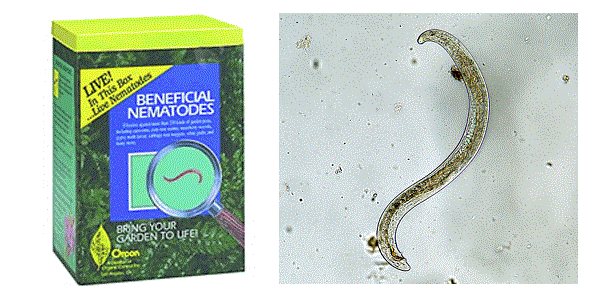
The benefit: They are used controlling a number of pests such as fleas, caterpillars, crane flies, large beetles and root weevils.
The help: Beneficial nematodes need to be bought from a supplier on a yearly basis. 6, 000 to 46, 000 nematodes must be purchased for each square foot. There are other specific supplier directions. For more info, you can take a look at this fact sheet from the Colorado University Extension office.
8. Praying Mantis – weird-looking insects. They have a long stem of a neck which can rotate the triangular head for up to 300 degrees. They can range from a half-inch to about 6 inches long. They have five eyes, two of those are compound, that can spot movement from over 60 feet away. They have hooked and serrated forelegs which fold as if the insect is praying, hence the name.
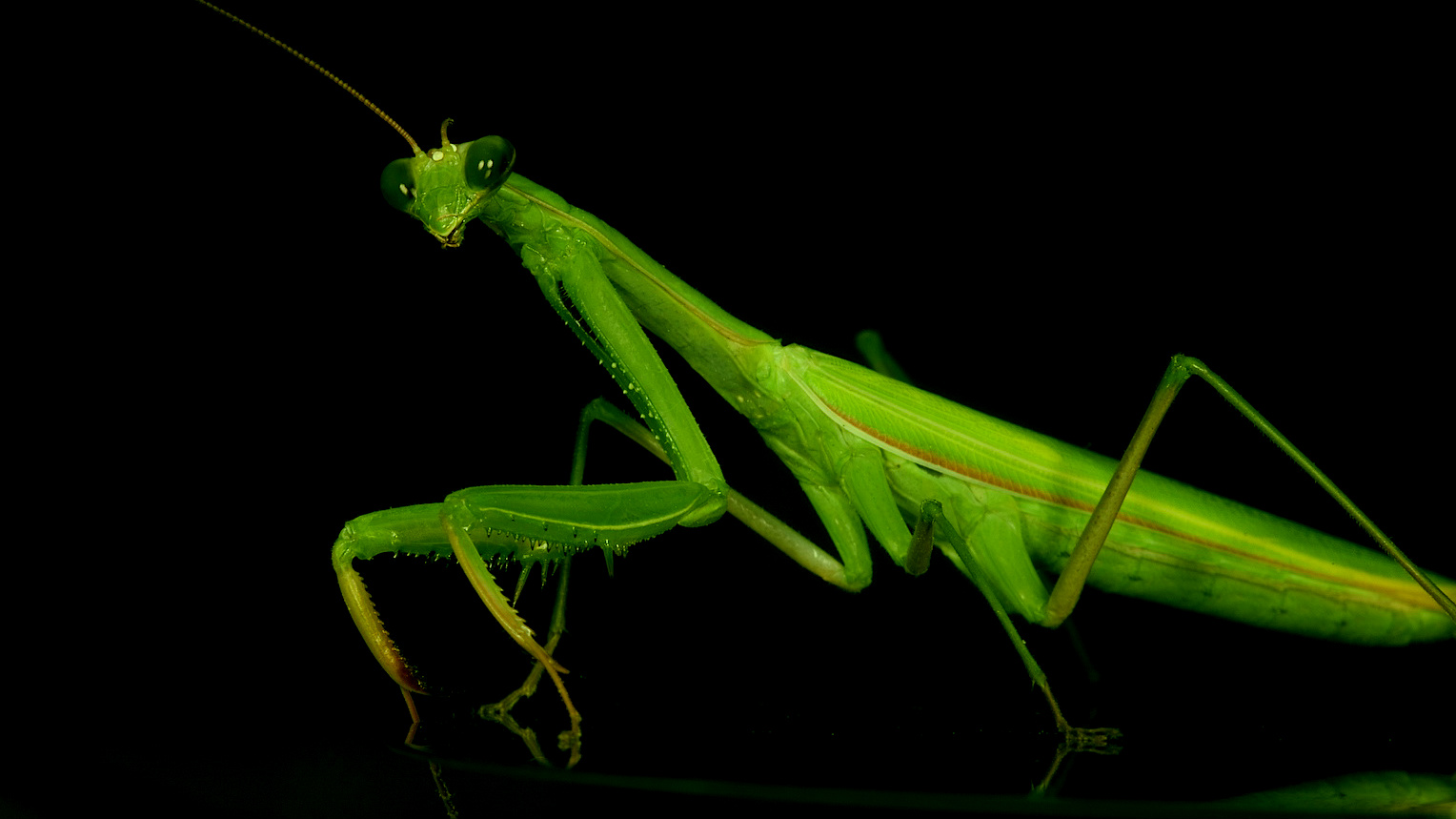
The help: The praying mantis is perhaps the most powerful garden defender that can deal with the more problematic garden pests. They voraciously feed on leaf-eating pests such as grasshoppers in they are effective on both ornamental and vegetable gardens. They eat aphids, crickets, mosquitoes and flies. They are very few nocturnal hunters that can catch and eat moths and they are among them. Although moths are harmless, their larvae can be very destructive to plants. Praying mantises also eat cockroaches. However, they have very short life spans and they tend to eat other helpful insects. They even eat each other.
The lure: It is quite difficult to attract mantises so they are often sold to gardeners.
9. Assassin Bugs – characterized by a thin, neck-like structure connecting the narrow head to the body. They can grow from 0.4 to 1 inch. Just like assassins, they sneak up to their prey to attack which they do by injecting saliva through their short, three-segmented beak. Their saliva have the capability to melt the insides of their prey and they use their beaks to suck the body fluids. They are generally black or dark brown but some species are brightly colored.
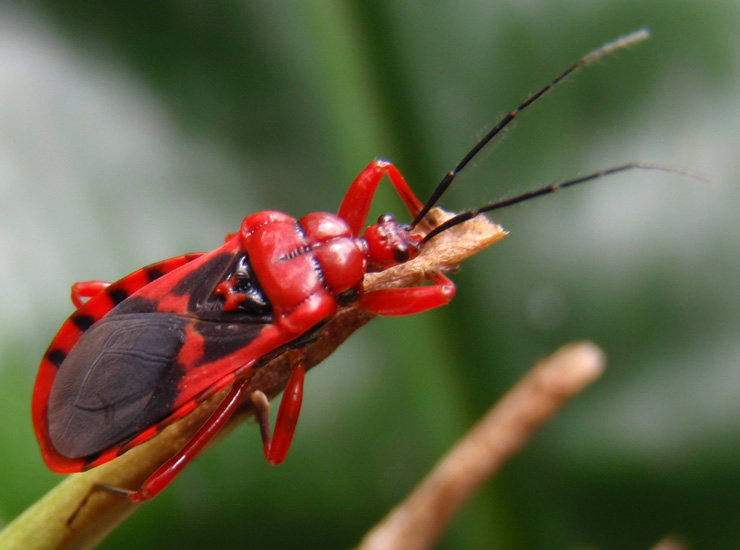
The help: Assassin bugs eat a number of insects including aphids, beetles, bedbugs, caterpillars, flies, bees and mosquitoes. Some species, however, bite and infect humans.
The lure: Alfalfa, camphor weed, daisies, goldenrod, Queen Anne’s lace, carrots, and oleander attract Assassin bugs.
10. Fireflies – a half to one-inch long beetles that have the luminous organ on their lower abdomen which light up to attract a mate. This chemically produced light can be green, yellow or pale red.
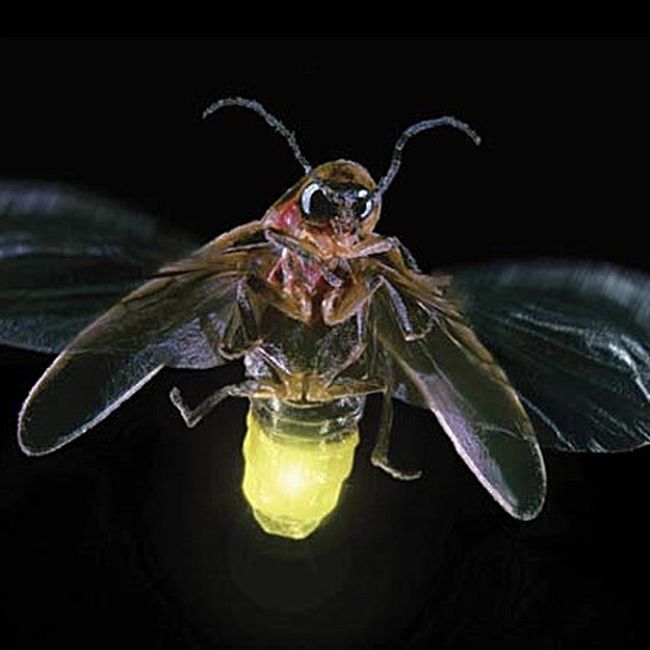
The help: Some fireflies are predatory while others feed on pollen. Some like to eat slugs and snails. Plus, they are wonderful to look at especially on summer nights.
The lure: Colorful plants can attract fireflies. They also like tall grass. You should also turn off extra light as this interferes with their signals. They don’t like the smell of chemicals.
Insects such as butterflies, honeybees and bumblebees also help the garden through pollination. Millipedes, centipedes and earthworms cultivate the soil as they tunnel through it and their rich excrement are great fertilizers for plants. These insects are a gardener’s gift, it should only be fitting to repay them by avoiding non-organic pesticides. If you have to use pesticides, it is better to use them late at night when these garden helpers are not foraging because, according to W.M. Hood, a professor of entomology at Clemson University, South Carolina, the effects may wear out in the morning.
Here’s a great deal from Amazon on beneficial garden insects. 1,500 Live Ladybugs & 2 Praying Mantis Eggs & 1000 Green Lacewing Eggs Includes Ladybug Life Cycle Poster Amazon has lots of other deals to. Just go to this page.
